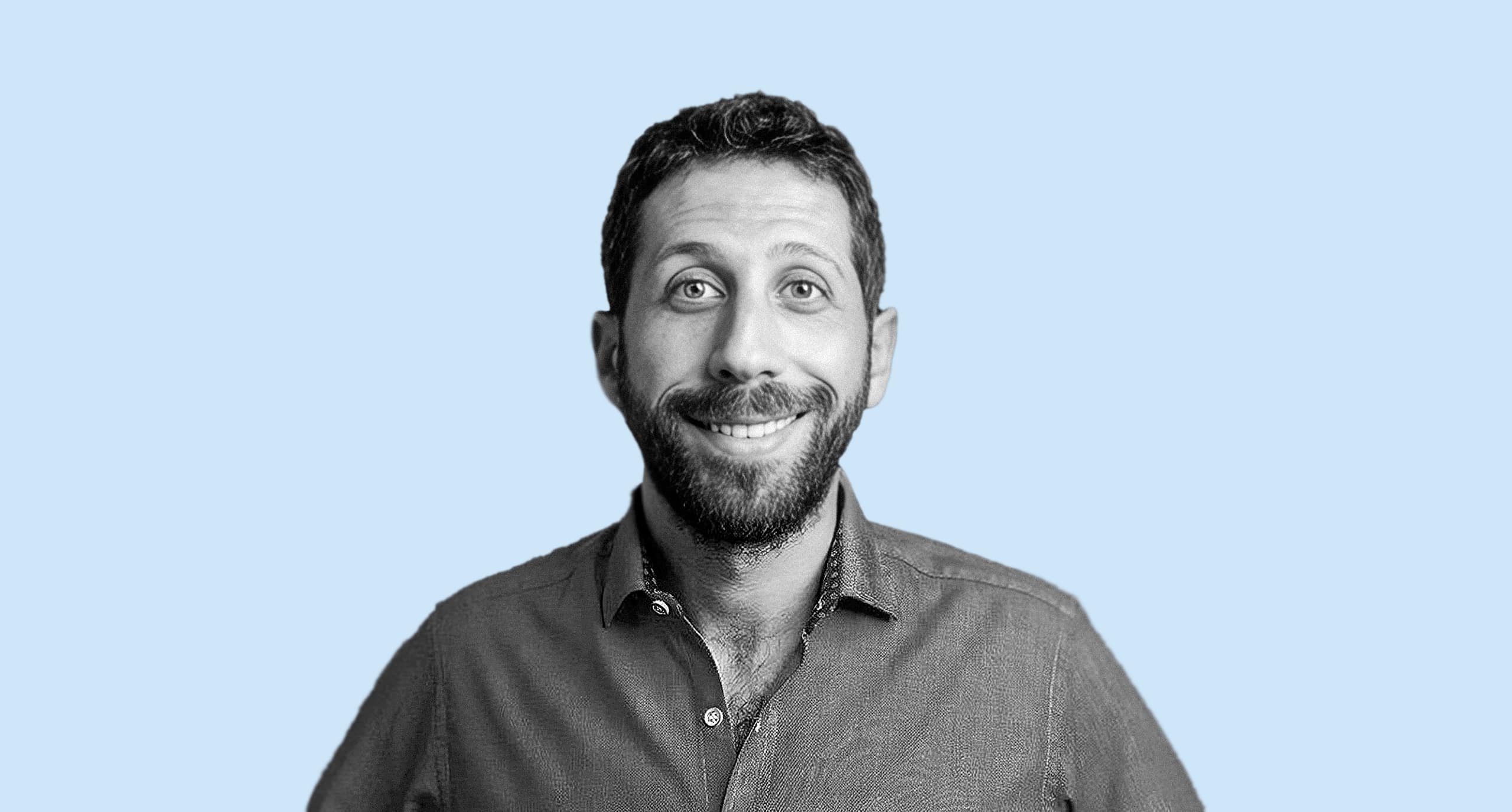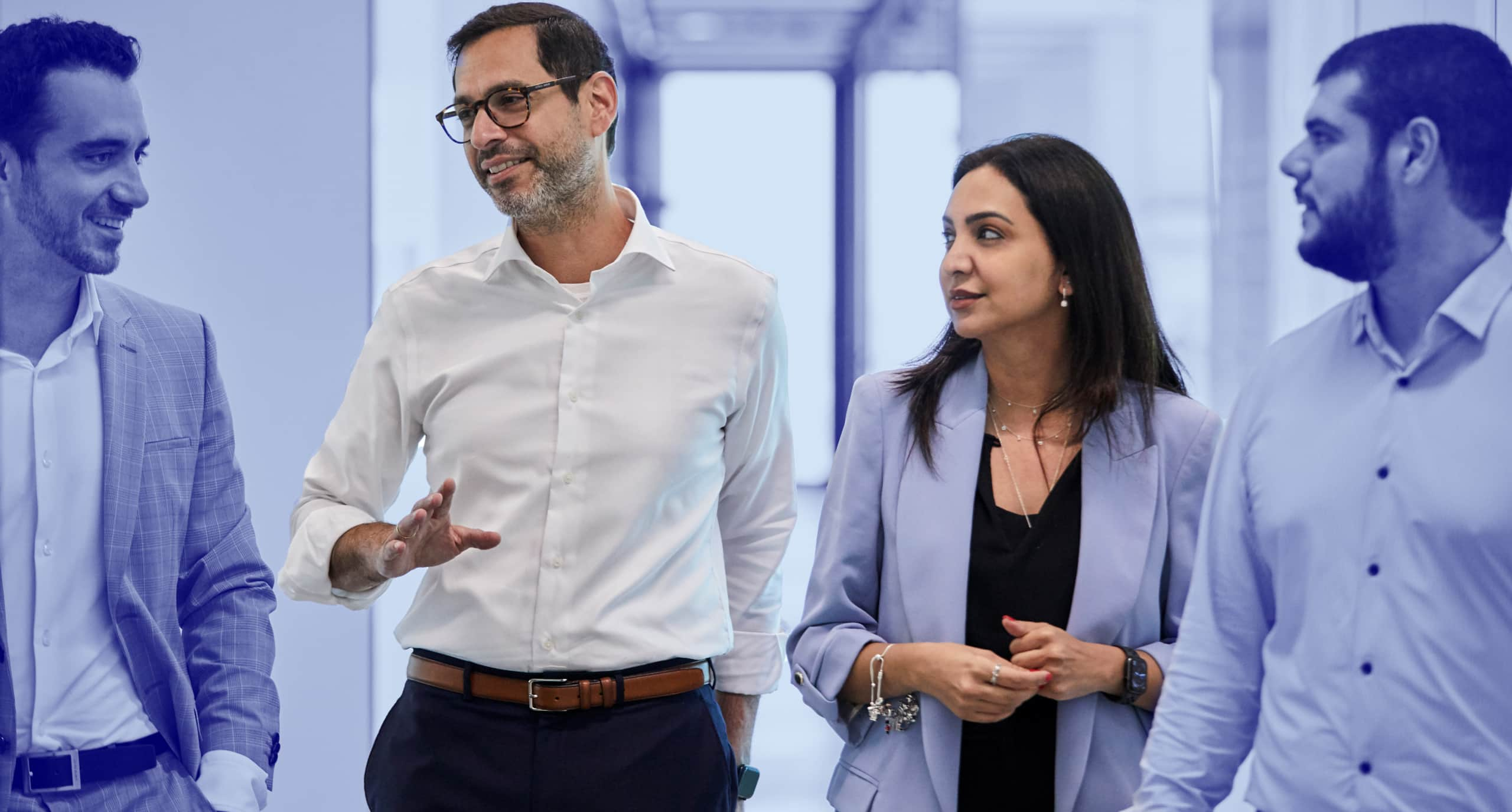IE School of Architecture and Design recently held one week in Mexico City as part of the Global Master in Real Estate Development. Leading the charge were the program’s Academic Director Margarita Chiclana and Associate Dean Cristina Mateo. We recently spoke with these two talented leaders about the trip and why Mexico City was the perfect location for the program’s most recent immersion week.
What led you to choose Mexico City as the location for the second face-to-face period?
Margarita explains that, as one of the most populous cities on the planet, Mexico presents endless opportunities for study, making it a logical choice for the program. The city allows the students to understand the problems that modern urban areas face and to start searching for solutions that could be applied not only in Mexico City but also in other parts of the world.
Cristina agrees, calling Mexico City “the endless city.” She explains the city’s massive population is also one of its biggest issues, causing a ripple effect that manifests as inadequate housing, constant challenges in mobility and transportation, and challenges stemming from climate change.
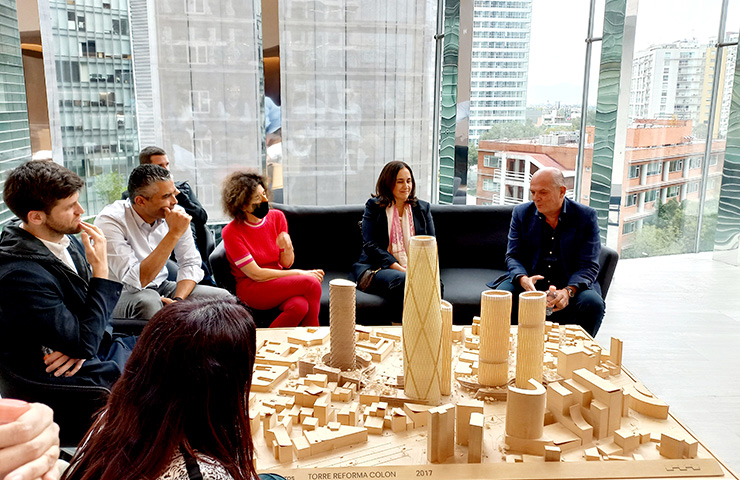
At the same time, the city’s geography is quite interesting—basically, the city sits on top of a lake and is surrounded by volcanoes, so the area is particularly prone to earthquakes.
For Cristina, this unique cocktail of challenges makes Mexico an interesting place to study and, hopefully, to address many of the issues that cities face today.
What companies and projects will the students visit?
According to Margarita, she embarked on this academic trip with a practical approach. The team needed to tour the field in order to understand just how Mexico works. To accomplish this, they set up sessions with the main stakeholders in the city’s ecosystem.
First, they visited Javier Sordo Madaleno, prolific architect, developer and president of FibraSOMA. They also had the opportunity to explore the upcoming project Neuchatel with Rodrigo Peredo, Managing Director at Hines Mexico, before its public opening. The team also had practical sessions with, Jose Castillo, principal of a | 911 studio. Another highlight was the students’ trip to the CBRE headquarters, which offered invaluable insight into real estate development trends in the country as a whole.
These field sessions allowed the team to get a comprehensive view of Mexico, not just the fancy parts of the city.
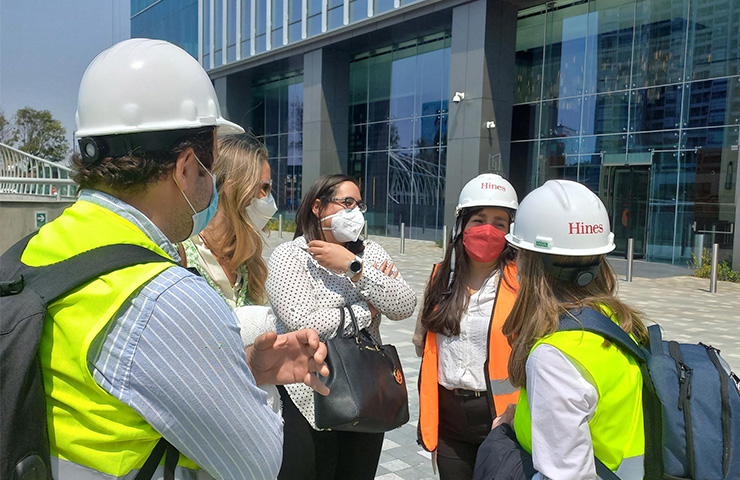
Which other cities will the students be analyzing over the course of the program?
The main goal is to promote a global perspective in our students, Margarita says. Therefore, different cities around the world are selected for study as part of the Global Master in Real Estate Development. The compulsory ones are Madrid and Mexico city. However, students can also choose to study and travel to other cities that are part of the Urban Future Global Conference. Selected cities at UFGC change every year. UFGC is Europe´s largest event for sustainable cities. But it is also so much more than that. It´s a community of passionate CityChangers from all over the world. Students could also travel to London on a post-graduation optional trip.
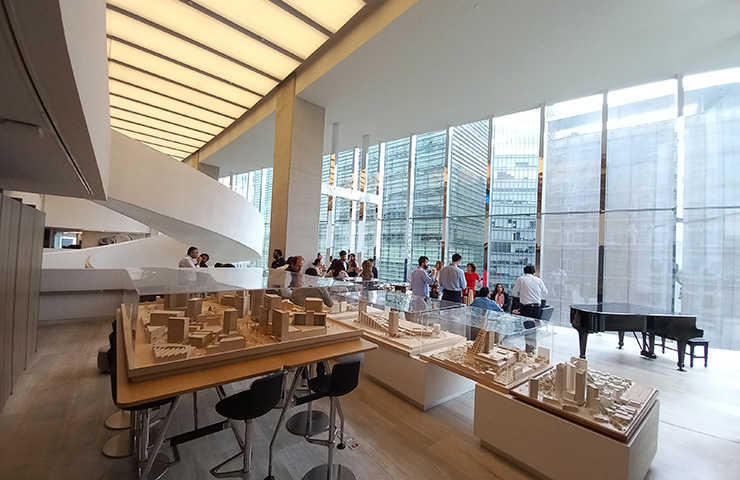
All of these trips present the perfect opportunity to network with top developers and investors.
Sustainability is one of the main vectors of the program. How does this program promote sustainable development globally?
Cristina explains that sustainability has been at the core of this program from its inception. There are various modules and subjects that deal with sustainability. Students also study its financial aspects to determine the impact that different types of investment vehicles have on communities.
Margarita adds that students are taught to understand the principles of ESG and the responsibilities of real estate developers in city construction.
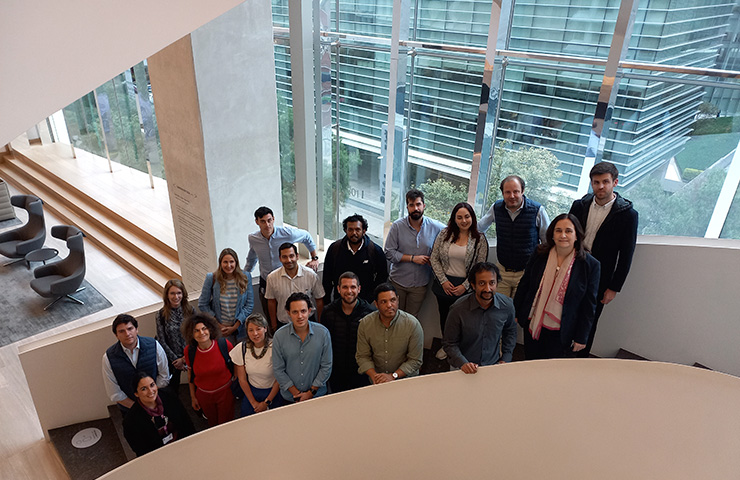
It’s not only about grasping the environmental part of sustainability, but the impact on society and governance as well.
Gain valuable, practical knowledge with a global insight on real estate development
Discover more about our Global Master in Real Estate Development and the Academic Trip to Mexico City.



